Danish designer Øivind Slaatto left a lasting impression on an audience of Singapore’s designers during a special lecture with Louis Poulsen at the National Design Centre. We share insights into his inspirational perspective.
November 29th, 2019
Louis Poulsen Singapore welcomed Danish designer Øivind Slaatto to the National Design Centre on 21 November 2019 for a special lecture about his work, his design philosophy, and his mesmerising new Patera Silver light.
This new addition to the Louis Poulsen catalogue makes a notable diversion from its predecessor, the white Patera, which was launched in 2015 as a modern take on the classic chandelier. Pater Silver embodies the same fascinating shape – a spherical grid of strips arranged in a Fibonacci spiral. But its glistening materiality creates a very different light effect – as Slatto explained during a conversation with Indesignlive.sg before his evening lecture.
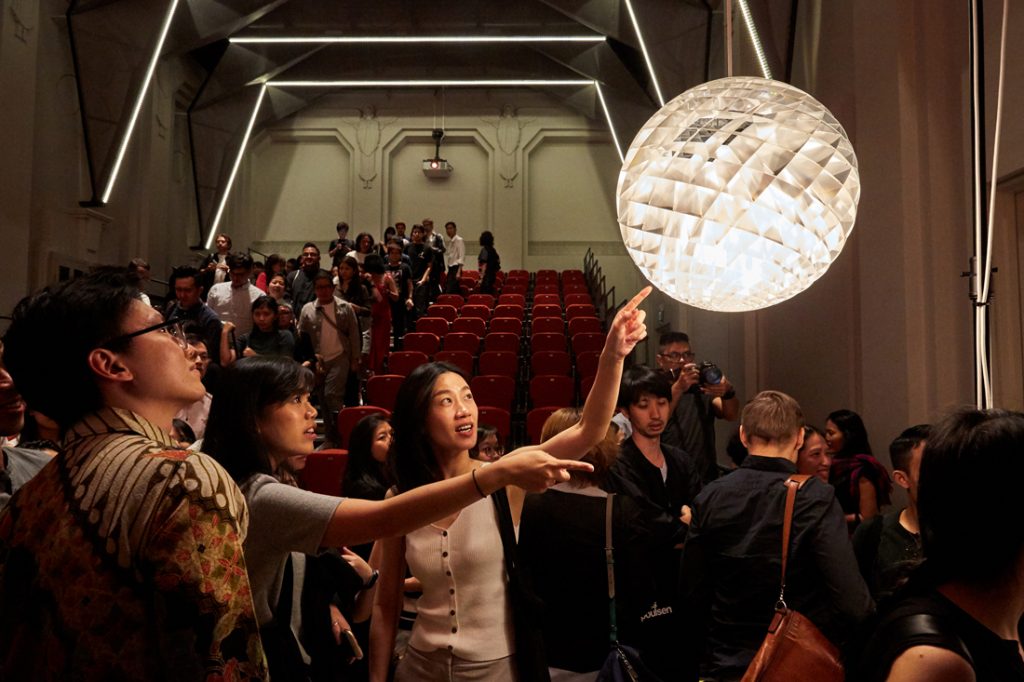
The interview and lecture were windows to Slaatto’s particular approach to the creation of good human experience via design. They revealed a designer – formerly a professional musician – of great sensitivity and measure, who works with rationality and logic but also a deep appreciation of the poetry that can be found within an intuitive experience of the world.
See below for a video of the full lecture, ‘The Logic and Harmony of Øivind Slaatto’. The evening session saw a full house of designers and architects engaging with Slaatto’s journey from music into design, his balance of skill and improvisation, and his search for the essence of things.
The audience was also joined by Ulla Riemer, Louis Poulsen’s Head of Academy, who was also visiting from Copenhagen, and Christian Seiffert, the Managing Director of Louis Poulsen Asia.
Well, the white Patera is very much for reflective, indirect light. It gives a very calm light, equal to light in a foggy or snowy environment, which is a very Scandinavian way of making light. And it’s very Louis Poulsen. While the original Patera has a very classic light, which is soft and calm, the Patera Silver is much more lively.
So instead of trying to make a very even light, the Patera Silver is more about fragments of light; it’s much more sparkly. It’s more like the light you see in the forest or the light that comes when the sun is filtered through leaves, and you have the contrast between the direct sunlight, the dark spots, and the filtered light.
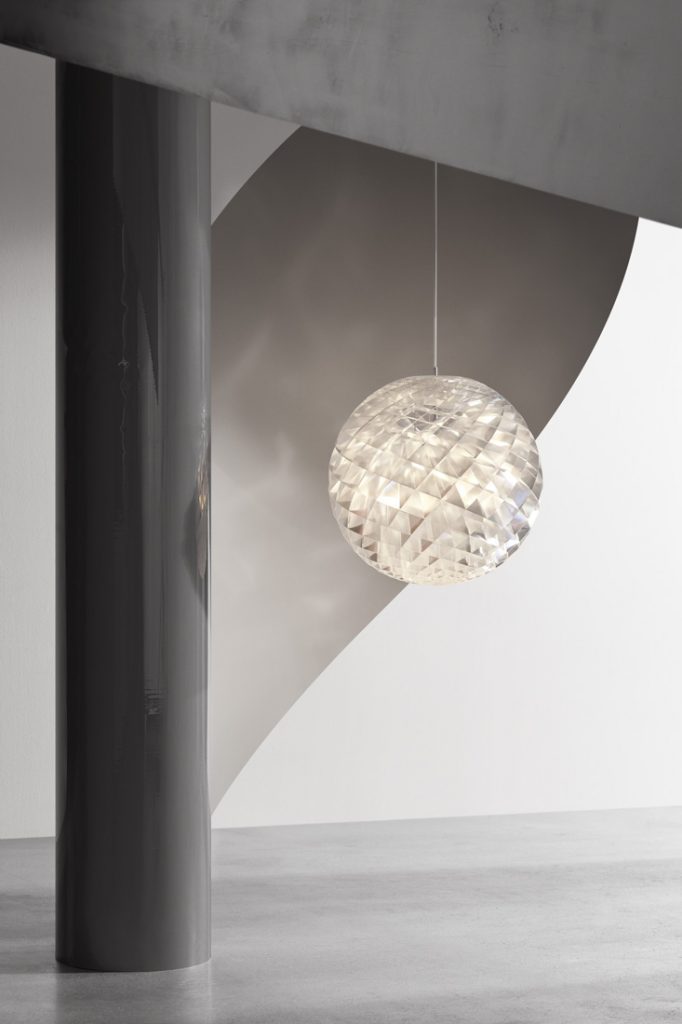
Beauty is when things just make sense. So it should be natural. And when I say natural, I don’t mean it’s made by nature, but that it’s not forced in any way. It’s simply logic. You could say German minimalism is very much about logic, but sometimes it’s so logical that I can’t find the human aspect – I can’t see the heart behind it. So you need to be minimalistic, but you should still sense that there’s a human heart behind it.
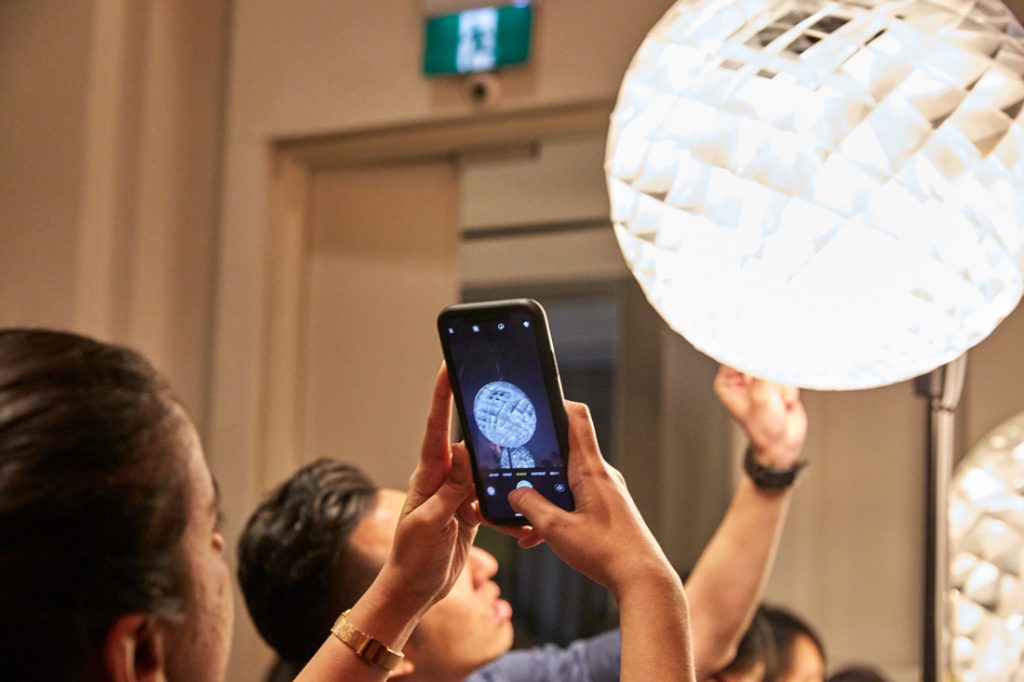
It’s made with 30 components. There are three different types [of PVC strips] that interlock. The very first Patera, first I had to make it in the computer. This process took me maybe half a year. And there was no computer program that was able to do it at that time.
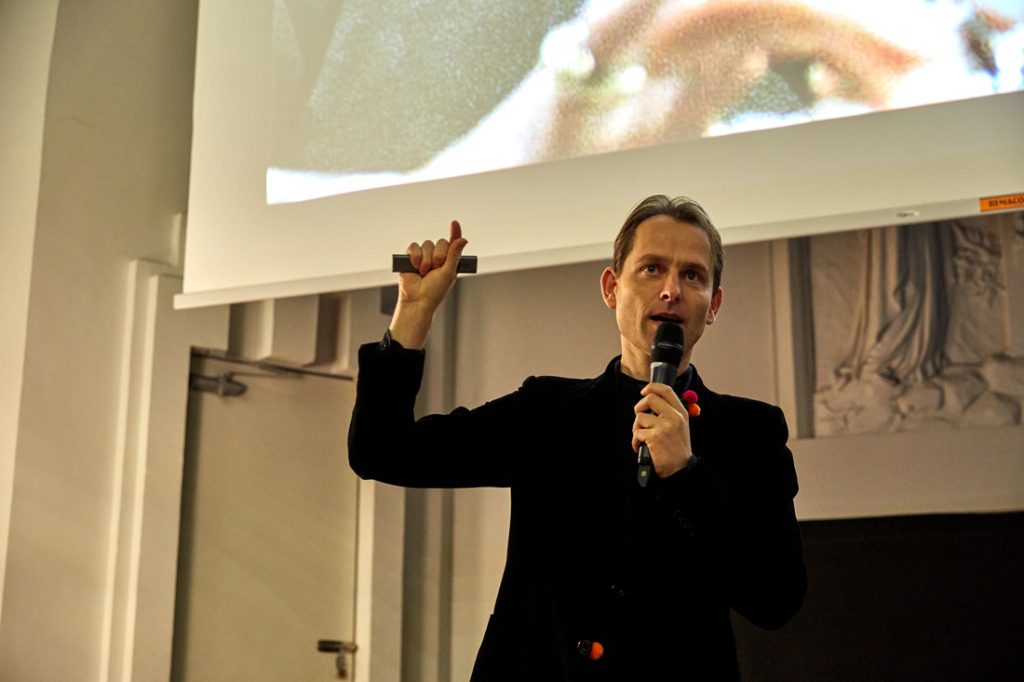
I was tweaking it or I was combining the Patera program with lots of trial and error. I was doing some parts in the computer, and for some parts I had to cheat the computer and use logic. The first assembly of the first prototype took me five days, which was extremely uncomfortable. And if you think about that, an assembly time of five days – that’s not a commercial product. Renault cars only need 42 minutes of manual labour; everything else is made by robots. So how on earth could a lamp which takes five days to assemble ever become a commercial product?
But then we spent a lot of time optimising invisible details. This is where we succeeded. And now I think the assembly time is around 40 minutes for people who are very fast and skilled. So of course it was a collaboration between the designers from the development team, and those actually assembling it.
It’s all made by hand in Denmark. And if you make a product by hand in Denmark, where the salaries are quite high, then you really need to cut down the assembly time.
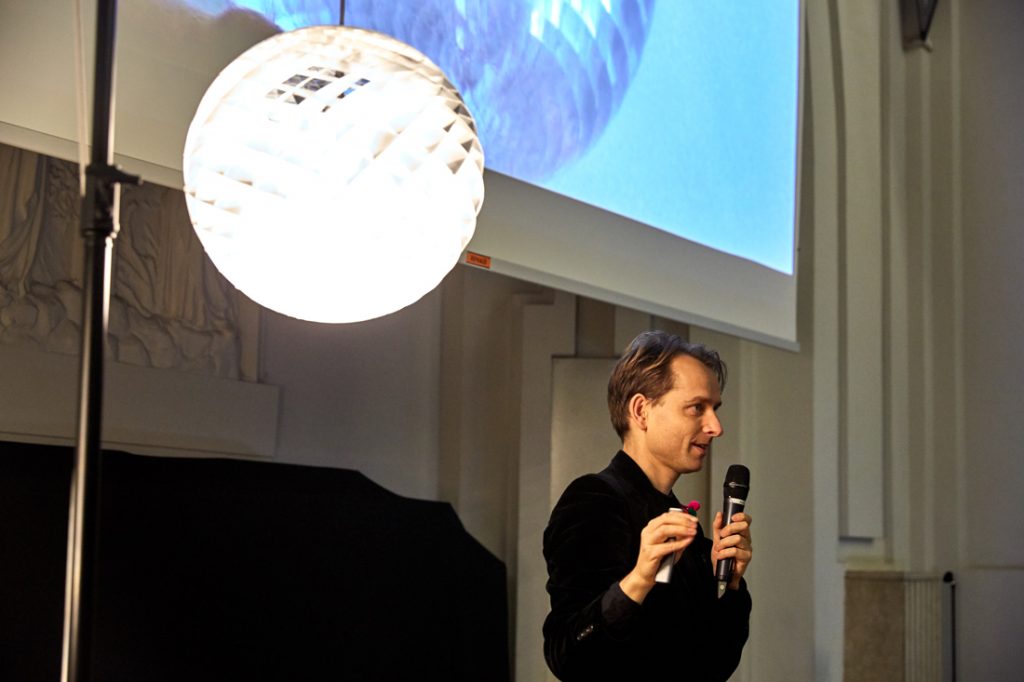
Well, I must say, Poul Henningsen, or PH, as he is called, is an institution in Danish culture and Danish design. Maybe you could say he’s the godfather of good lighting. And he’s more than that.
He’s not only a really good lighting designer – I mean, just look at all his PH lamps; they have a clear logic behind them, a kind of poetry and a logic, which goes very well with my light design philosophy. It’s a no nonsense approach while still being generous and poetic – minimalistic but poetic.
But Poul Henningsen was also a very interesting person, and he was extremely important for Danish culture and society. He was making lamps in order to get time to write. And through what he was writing, he was very engaged in society. He was making music and he wrote a lot of essays for the newspapers. He was very critical toward the Nazis. He was very engaged in equality between men and women. For the culture, he is one of my heroes.
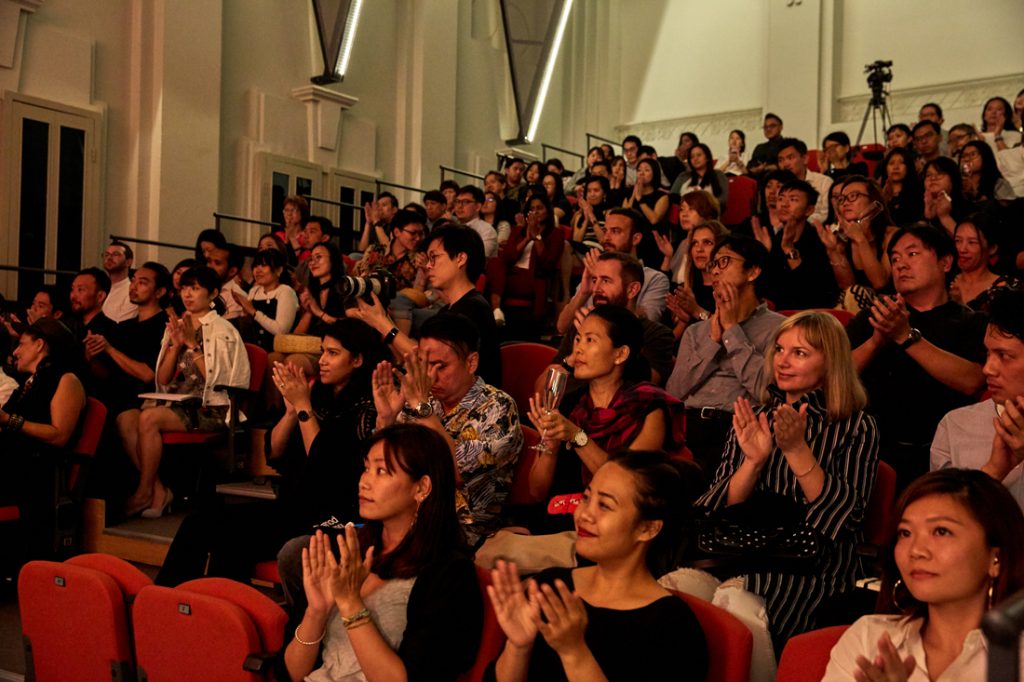
Well, Danish design has become a multinational brand. If I say that I’m a Danish designer in Japan or Korea, then I’m a rockstar before they even know my name. So I’m building on a legacy, which is not built by me, which is a door opener, which is indescribable…
I think what has created this timeless value of Danish design is actually the Danish welfare system. In Denmark, we pay quite high taxes. I pay more than 50 per cent, and I’m proud of what I pay, because I know that this goes to a society where everyone can afford to give their kids free education, free healthcare, and nobody needs to be starving. This creates a society where I’m never insecure. I can go wherever I want, and nobody needs to rob me to survive.
And having this kind of welfare system where you don’t need to have money in order to have a good life has created a culture where you don’t show off with how much money you have. It’s actually considered bad taste to show off with your expensive products. This has been influencing Danish society for generations. We don’t try to make products look expensive, we try to make products last and be good.
The Danish tradition is very much trying to cut to the minimum, trying to find the essence, making something that is very much built with the human in mind, not trends.
Today many of the successful Danish design brands are starting to make quite trendy things, which is not what I think is needed. But still the Danish design DNA is a very important part of everything, so I think it will never go completely wrong if you always have the human in mind, and design with respect for life.
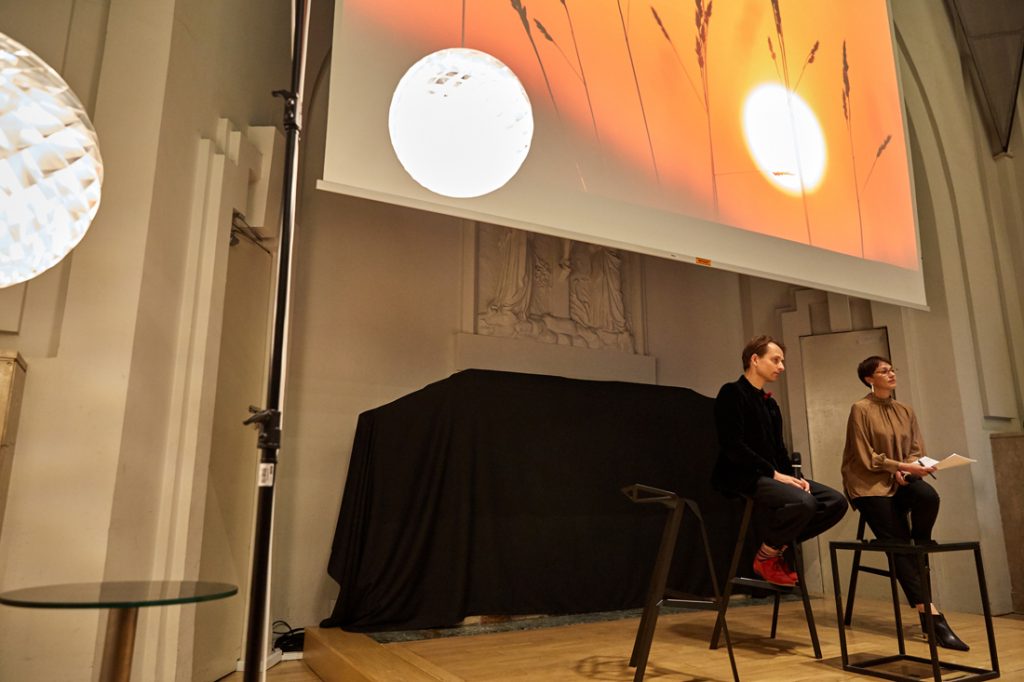
The studio where I work is a collaborative studio, which I started seven years ago with two colleagues. When I started at the design school, I learned a lot from my fellow students, and I missed this when I came out.
In Denmark, 99 per cent of all designers are one-person companies, which is quite unique compared to Germany or Korea. In Korea for example, most designers work in big companies. Samsung has more designer employees than we have designers in the entirety of Denmark.
It is very important for me to use my colleagues from my shared studio space. You could say they’re my competitors, but I don’t believe in competition like this. If you were a designer and you were working in my office, then I would try to make you as good as I can make you and you would try to make me as good as you can make me.
If you succeed at this thing, which is in a way a collaboration, then we would never compete because you’re looking for something different than I am. And if I can help you look for what you’re looking for, then you will find your view.
A searchable and comprehensive guide for specifying leading products and their suppliers
Keep up to date with the latest and greatest from our industry BFF's!

Savage Design’s approach to understanding the relationship between design concepts and user experience, particularly with metalwork, transcends traditional boundaries, blending timeless craftsmanship with digital innovation to create enduring elegance in objects, furnishings, and door furniture.

In the pursuit of an uplifting synergy between the inner world and the surrounding environment, internationally acclaimed Interior Architect and Designer Lorena Gaxiola transform the vibration of the auspicious number ‘8’ into mesmerising artistry alongside the Feltex design team, brought to you by GH Commercial.

Sub-Zero and Wolf’s prestigious Kitchen Design Contest (KDC) has celebrated the very best in kitchen innovation and aesthetics for three decades now. Recognising premier kitchen design professionals from around the globe, the KDC facilitates innovation, style and functionality that pushes boundaries.

A hospitality venue in the heart of Osaka comprising four dining options – a place where nostalgic pastimes meet high-end dining.

With Milan 2024 only a few weeks away, we sneak a view of some of the most exciting pieces set to go on show – from lighting design to furniture, here are nine preview products.
The internet never sleeps! Here's the stuff you might have missed

Dallas Rogers, Head of Urban Discipline at the School of Architecture, Design and Planning, University of Sydney, comments on the history of map-making in our cities.

Drawing on the concept of a watering hole as a gathering place in nature, GroupGSA has rejuvenated Sydney Water’s headquarters located in Parramatta.